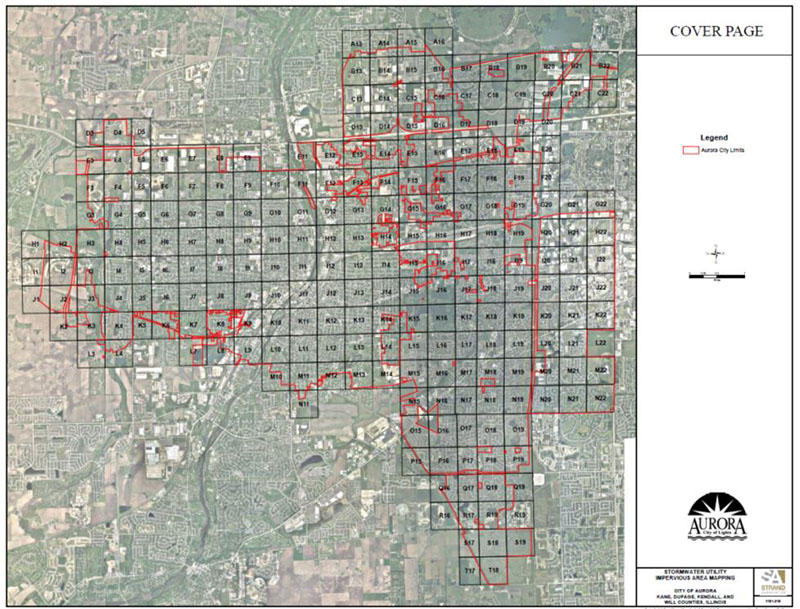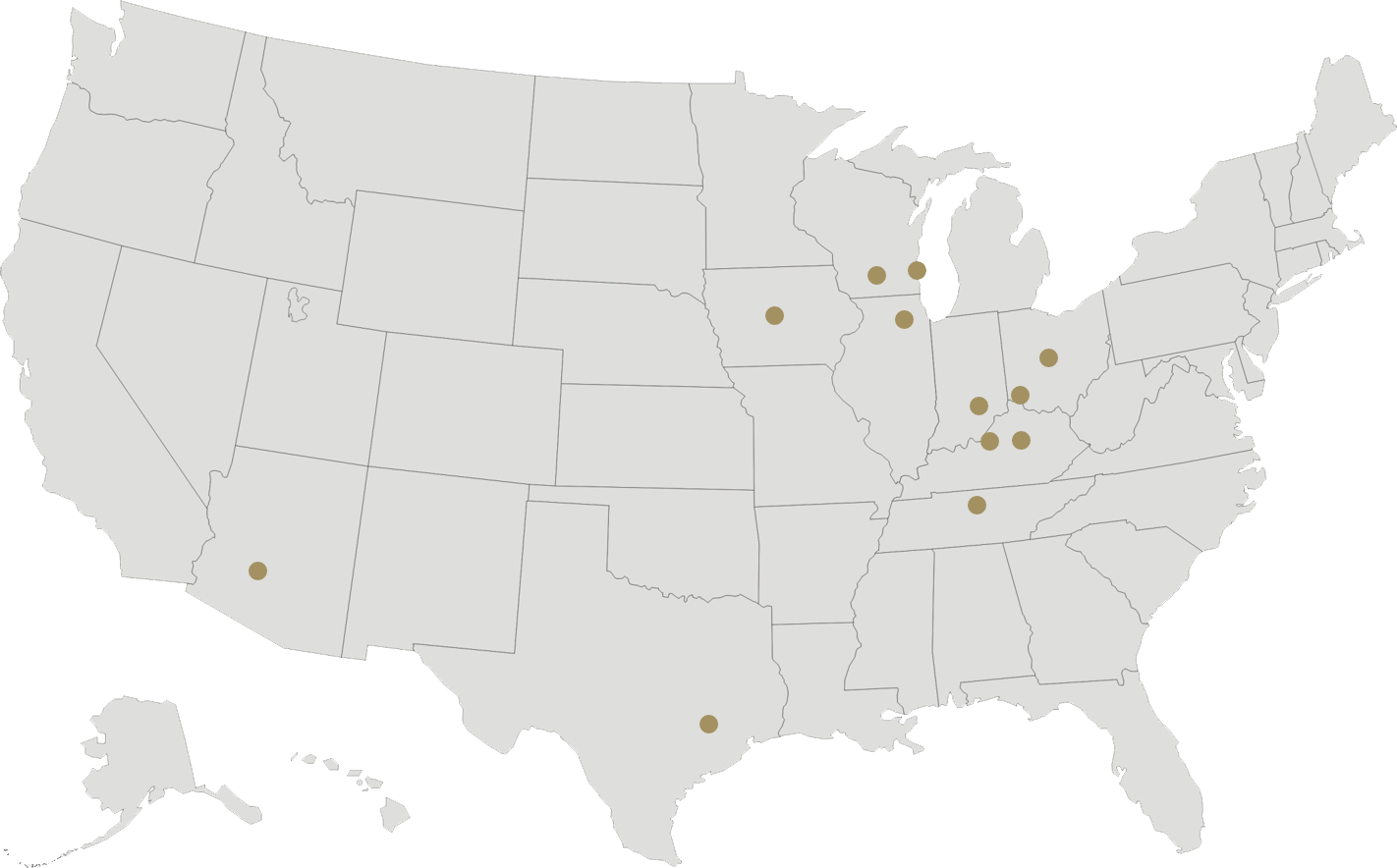The City of Aurora was designated by the Illinois Environmental Protection Agency (IEPA) as a permitted municipality under the NPDES program for Small Municipal Separate Storm Sewer Systems. In addition, the City was required to prepare a combined sewer overflow (CSO) Long Term Control Plan (LTCP) to control CSOs to an acceptable level. The City’s LTCP was completed by our firm and addresses the CSOs through a multi-million dollar plan to meet the permit requirements. In response to these two regulatory requirements, existing stormwater needs in the community, and in an effort to protect the Fox River and other local resources, the City hired us to formalize its stormwater utility.The primary objective was to develop a stormwater utility rate structure, ordinance, and credit policy based on accurate measurement of impervious areas within the community. Aurora is the second largest City in Illinois, with a population of 172,000. We assisted the City in preparing a budget with which to fund the City’s stormwater-related projects. With the impervious area measurements, we were able to predict the total number of Equivalent Residential Units (ERU) within the city and set user fees that will fund the updated stormwater utility budget.
A key component in this effort was creation of a spreadsheet tool that automated the budget/level of service scenario analysis in terms of impact to the typical residential parcel, the median non-residential parcel (10 ERUs), and the 25 largest non-residential owners. We used this tool to analyze stormwater utility budgets ranging from $2.6 million to $12.2 million to compare projected utility fees to existing fees. Flat and tiered rates were analyzed under cash-based funding and financing-based funding scenarios, including investigation into the following two rate structures: (1) base fee with ERU-based service fee and (2) ERU-based service fee.
The task of credit policy creation included a nationwide credit policy investigation that revealed trends in credit policies for both residential and non-residential customers to incentivize stormwater management. Our deliverables included assisting the City with Public Informational meetings to generate momentum for the enhanced stormwater utility, a stormwater utility narrative for the City website, a newsletter, a newspaper article, a frequently asked questions (FAQ) document, and a stormwater utility brochure.
Back to Project Gallery
